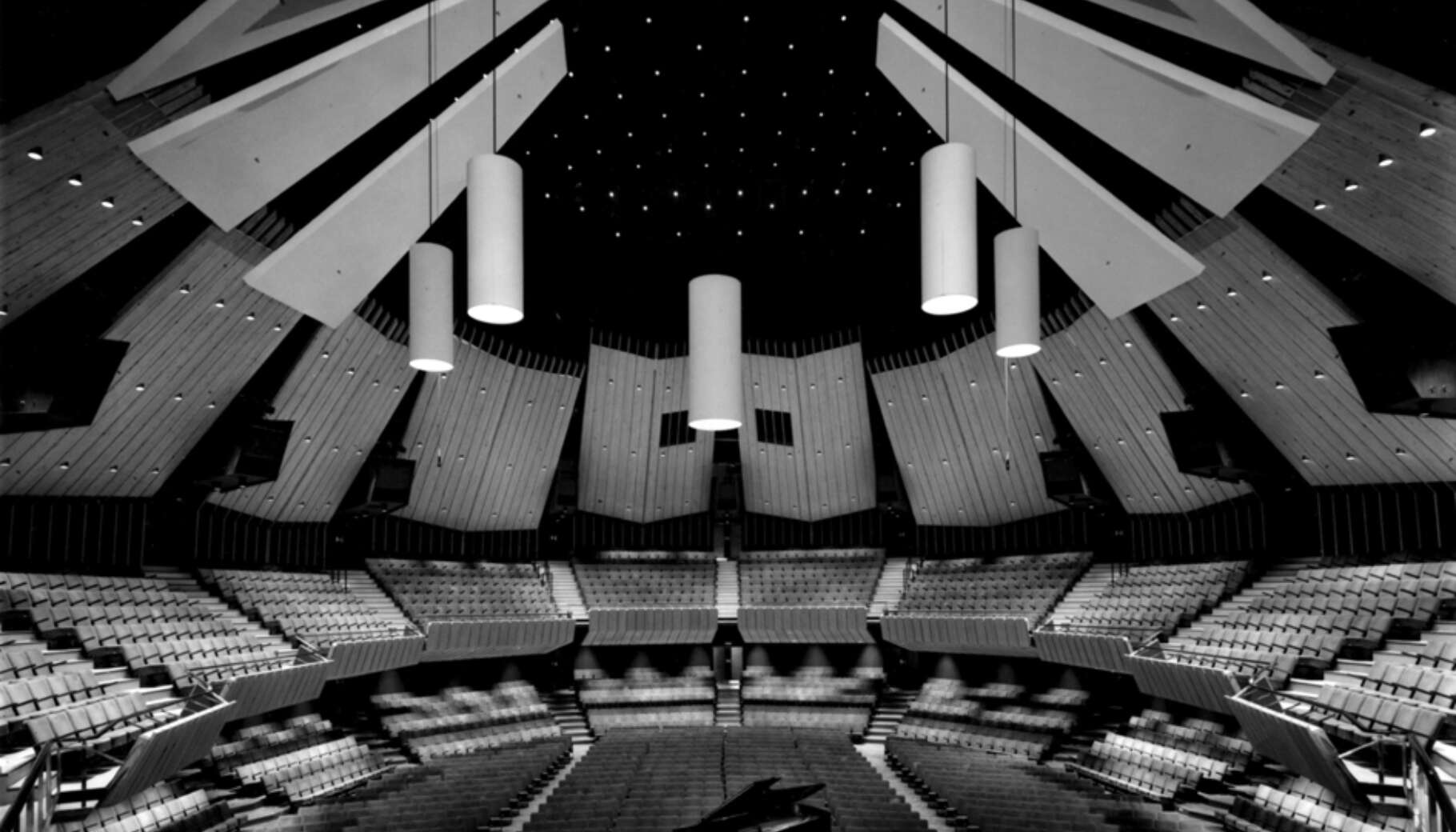65 Cambridge Terrace House & Offices
Without doubt, 65 Cambridge Terrace is one of the most charming, respected and well planned buildings in New Zealand. The design is essentially two double-height boxes on legs. The south facing box contained the draughting office. This over-looks the street and river bank, and stands above a carport entrance. The north box contained the sitting room cum office, over-generously large, to match the size of the draughting office, and facing north onto a walled garden. On the ground floor are the dining room and kitchen.
Both boxes are built with heavy concrete-block cavity walls and fairface concrete floors and roof, each with timber-framed mezzanine floors slung between 600mm deep fairface concrete roof beams. The south mezzanine overlooks the office and the north was used to contain Mile’s bedroom and bathroom, requiring smart bed-making before clients arrived. The mezzanines are roofed with timber-framed 45 degree half-gables projecting through the flat roofs.
The materials, techniques and detailing expanded on those developed at Christchurch College: fairface concrete beams and slabs, meranti structural frames at 1,200mm centres, and mill-flooring cut out of 100x40mm boards. Wide pivoting doors are made with meranti frames and boarding.
Like most architect-owned buildings it has been in a constant state of adaptation, with alterations and additions as the office expanded. When the site was re-zoned commercial, blocks of two-storeys were added out to the boundary line on each side. A penthouse flat was squeezed under another half-gable, added to the concrete roof.
Next, an L-shaped flat was built out into the garden – the chief purpose of which was to cut out the dreary office block built on the east side overlooking the garden. The flat contains a long thin gallery and living room (19 x 3.6m) running the length of the boundary. This gallery leads to the kitchen and dining room and, above that, a bedroom and bathroom. It has a long high wall lit by a continuous narrow skylight and stiffened by a steel truss spanning between the return end walls. The walls to the garden and the 45 degree pitched roof continue both the meranti frames at 1,200mm centres and the tongue and groove of the original building. The mid and dark tones of the wooden walls and ceiling direct the eye to the white gallery wall with its paintings and curved plaster top.
The exquisite garden has a long reflection pool, a terrace paved with porphyry sets, and topiary chessman that seem to have a will of their own. Planting is as luxuriant as possible. The west windows and doors of the gallery are protected by sliding wooden shutters and the yellow foliage of golden ashes on standards.
Its liveliness, integrity and simplicity are as valid today as they were innovative when first built. This was an internationally significant experiment in architectural language which was also used to great effect in many other buildings. Described in 1969 as a ‘fascinating, idiosyncratic tour de force’, it is an enduring building which has demonstrated an enormous capacity to accommodate change.
NZIA Jury Citation

